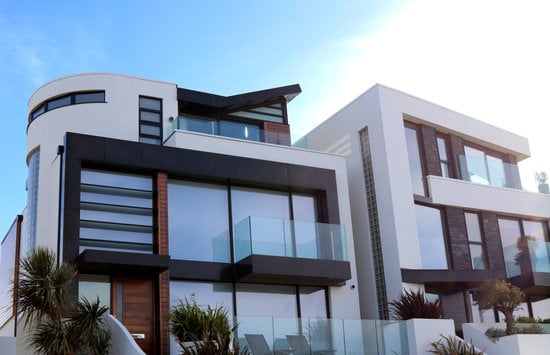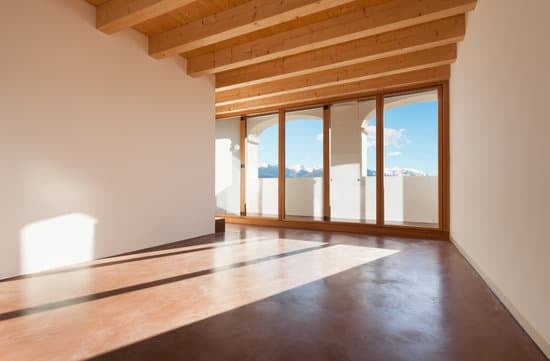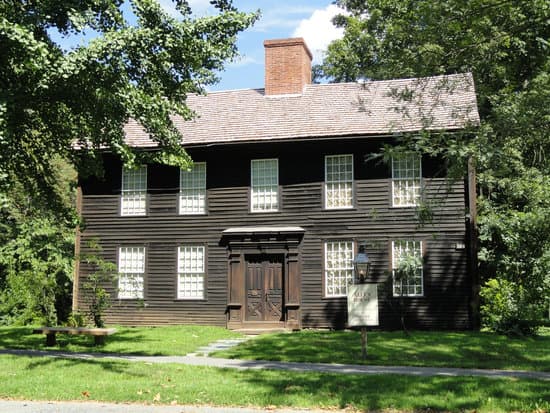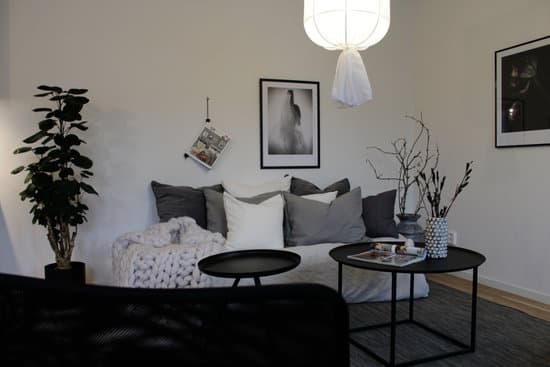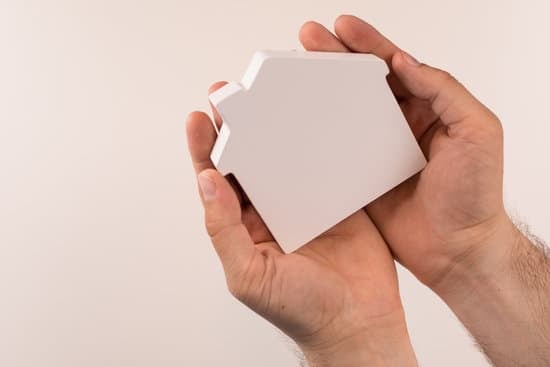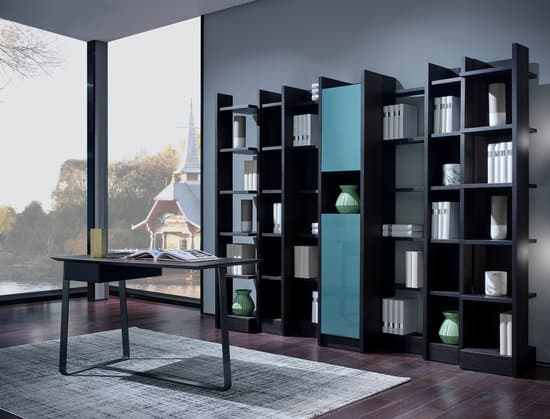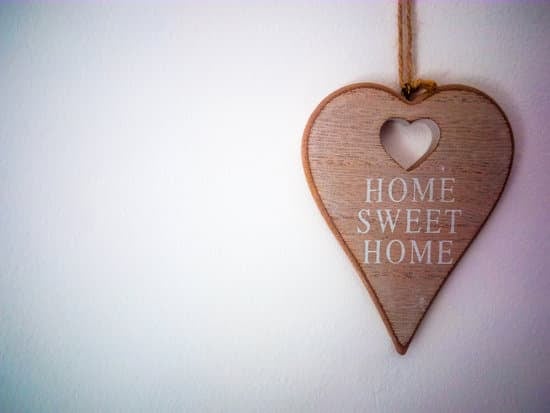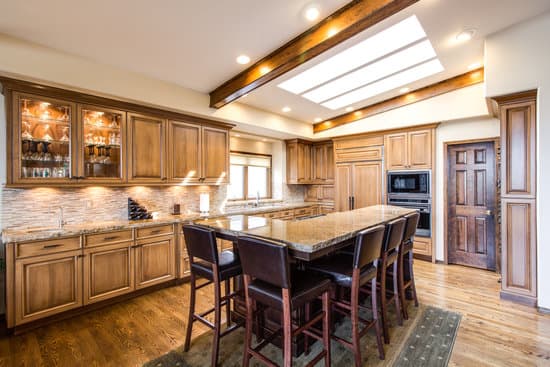White: The color of purity and innocence
White has long been associated with innocence and purity. It is a color that is often used in religious contexts, where it represents the divine, ritual purity, and moral virtue. In addition to its religious connotations, white also has an illustrious history as a color of high fashion. In the 18th century, for example, Marie Antoinette was renowned for her love of white dresses, which she often wore to court functions. Some key points about white include:- White symbolizes purity and innocence
- It is often used in religious contexts, where it represents the divine
- White has a long history as a color of high fashion, and was particularly popular in the 18th century
Gold: A symbol of wealth and extravagance
Gold is a color that has always been associated with wealth and extravagance. It has a warm, shimmering quality that evokes luxury and opulence. From the gold-laden halls of the ancient Egyptians to the gilded palaces of European royalty, gold has been used to signify wealth and status for thousands of years. Some key points about gold include:- Gold is a color that is associated with wealth and luxury
- It has been used by cultures around the world for thousands of years to signify status and opulence
- The shimmering quality of gold makes it an especially glamorous color
Purple: The color of royalty and power
Purple has a long and storied history as a color of royalty and power. In ancient Rome, purple clothing was reserved for the emperors and other high-ranking officials. In medieval Europe, purple was a symbol of wealth and aristocracy, and was often used in the clothing and decoration of the noble classes. Today, purple is still associated with royalty and power, and is often used in the branding of high-end products and services. Some key points about purple include:- Purple has a long history as a color of royalty and power
- It was reserved for emperors and other high-ranking officials in ancient Rome
- In medieval Europe, purple was a symbol of wealth and aristocracy
Violet: A color deeply associated with piety and devotion
Violet is a color that has deep religious connotations. It is associated with the liturgical seasons of Advent and Lent, and is often used in the vestments of Catholic and Anglican clergy. Violet is also a color that is associated with piety and devotion, and is often used in the decoration of religious spaces. Some key points about violet include:- Violet is a color with strong religious connotations, and is associated with Advent and Lent
- It is often used in the vestments of Catholic and Anglican clergy
- Violet is also associated with piety and devotion, and is often used in religious decoration
Blue: A color that conveys stability and trust
Blue is a color that is often associated with stability and trust. It has a calming effect on the mind and is often used in offices and medical settings to create a sense of tranquility. Blue is also a color that is associated with loyalty and dependability, and is often used in the branding of financial and insurance companies. Some key points about blue include:- Blue is a color that conveys stability and trust
- It is often used in office and medical settings to create a calm environment
- Blue is associated with loyalty and dependability, and is often used in the branding of financial and insurance companies
The use of color in portraiture during the 16th-19th centuries
Portraiture during the 16th-19th centuries was heavily influenced by the use of color. Regal colors were particularly favored, as they helped to emphasize the status and wealth of the subjects they depicted. White, gold, purple, violet, and blue were all commonly used in the clothing and background decoration of royal or high-ranking individuals. Some key points about the use of color in portraiture include:- Portraiture during the 16th-19th centuries was heavily influenced by the use of color
- Regal colors were particularly favored, as they helped to emphasize the status and wealth of the subjects they depicted
- White, gold, purple, violet, and blue were all commonly used in the clothing and background decoration of portraits
The cultural significance of these regal colors
The regal colors of white, gold, purple, violet, and blue have deep cultural significance. They have been used for thousands of years to signify everything from wealth and power to purity and devotion. The enduring popularity of these colors is a testament to their universal appeal and their ability to convey complex ideas and emotions in a single hue. Some key points about the cultural significance of regal colors include:- Regal colors have deep cultural significance and have been used for thousands of years to signify everything from wealth and power to purity and devotion
- The enduring popularity of these colors is a testament to their universal appeal and their ability to convey complex ideas and emotions in a single hue
- They continue to be used in everything from fashion and branding to religious decoration and fine art
The enduring appeal of regal colors in modern design
The regal colors of white, gold, purple, violet, and blue continue to be popular in modern design. They are used in everything from branding and marketing to fashion and interior decoration. While the cultural significance of these colors has evolved over time, their ability to evoke feelings of power, wealth, and prestige remains unchanged. Some key points about the enduring appeal of regal colors in modern design include:- Regal colors continue to be popular in modern design
- They are used in everything from branding and marketing to fashion and interior decoration
- Their ability to evoke feelings of power, wealth, and prestige remains unchanged, even as their cultural significance has evolved






